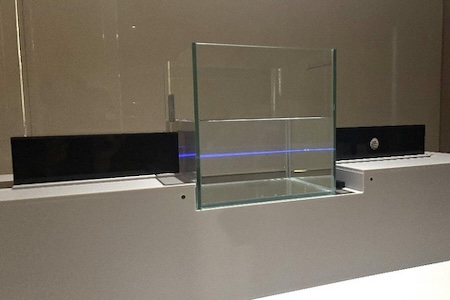
CTD Sensors
Discover cutting-edge solutions from 4 leading global suppliers
The UK has funded a cutting-edge project to create a multi-parameter miniature sensor, designed to help boost the range of measurements single underwater robotic platforms can take.
Experts in the National Oceanography Centre’s (NOC) Ocean Technology and Engineering group will develop and then test the new SixSense package on autonomous underwater vehicles (AUVs), including the NOC’s Autosub Long Range (ALR) and the Slocum Glider from developer Teledyne Marine.
The new miniature sensor will be capable of measuring six key parameters covering biogeochemical, physical, and environmental measurements – all of which support Essential Ocean and Climate Variables.
Encompassing the sensors in a compact package will reportedly make space for other instruments in underwater vehicles and provide greater sensing capability for smaller underwater platforms, such as low-power micro-submersibles and profiling floats.
Increasing how much data these platforms can gather, individually or in swarms, will reportedly help scientists to better understand the ocean and how it’s changing.
The funding £390,000 funding from the Natural Environment Research Council’s Future Marine Research Infrastructure (FMRI) program will cover sensor development, platform integration, and testing.
The sensors – conductivity, temperature, dissolved oxygen, pressure, pH, and Eh – will all be solid-state, low-power, and not require reagents, making them simple to deploy and with no moving parts to maintain.
During testing, three sensors will be deployed on a single ALR, all mounted on different locations – inside, on the outside, and in-line with pumped sample lines – alongside traditional instruments, for verification. Others will be deployed in the science bays of gliders.
The vehicles are part of the UK’s National Marine Facilities’ National Marine Equipment Pool, operated by NOC.
Dr Andrew Morris, project lead, commented, “Sampling our world’s ocean is a formidable challenge, yet understanding more about the marine environment is critical for understanding a wide range of issues that can have local but also global impacts.
“Marine autonomy is a way to monitor more locations for longer than has previously been possible. As the platform technology advances so must the sensors available to them to make best use of new capabilities to deliver more data.”

















